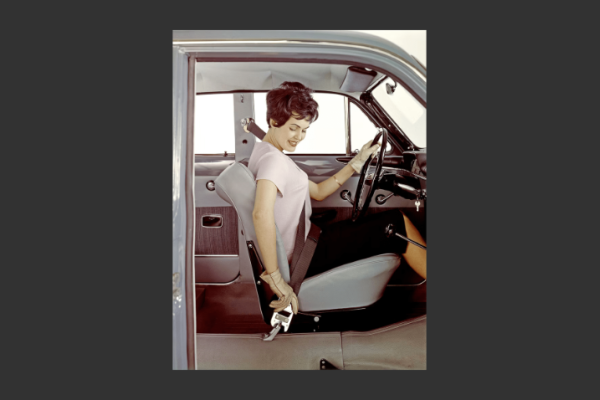The seatbelt has a long history that begins in Europe in the XIX century. As a concept, it was invented by Sir George Cayley – an English engineer and aviator who created the first seatbelt to use in his glider. The goal of this first seatbelt was to make sure pilots don’t fall off their flying machines, but practically, it was used as a model for all protective belts that followed.
The first U.S. patent for a seatbelt was issued to Edward J. Claghorn from New York in 1885. The patent was for a safety belt that consisted of an ordinary strap designer to go across the laps of taxi passengers to keep them in their seats.
Towards the end of the 40s of the XX century, Doctor C. Hunter Sheldon – a neurologist from New York – took it upon himself to uncover the flaws of previous safety belt designs due to the great number of head injuries caused by the bad construction of the existing safety belt models. The big break came in 1959 when the Swedish engineer Nils Bohlin invented the revolutionary V-shaped safety belt while working in Volvo. While he was working in another firm, he was poached by the president of the automobile giant, Gunner Engall. Engall became personally invested in overcoming the limitations of two-point seat belts after he lost a loved one in a car accident. That’s how Volvo Amazon became the first automobile with a three-point seatbelt system. The Volvo company granted all automobile manufacturers with the rights to use Nils Bohlin’s seatbelt patent design to encourage the safety of all passengers, and that’s also how they became a mandatory part of every vehicle.


